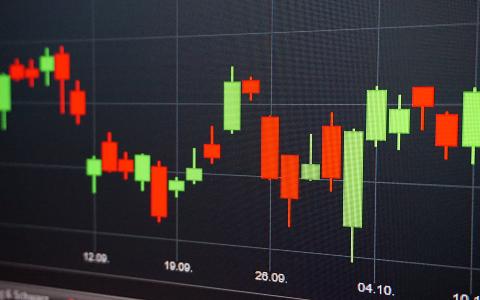
Convertible bonds are increasingly recognized as a strategic asset class, blending the growth potential of equities with the defensive characteristics of fixed income.
Amidst a landscape marked by heightened volatility and rising bond yields that have rattled markets, convertibles offer a balanced avenue for capital appreciation while mitigating downside risks.
Eli Pars, co-CIO at Calamos Investments, champions convertibles as a low-volatility approach to equity investment. "Convertible bonds, over complete market cycles, tend to deliver equity-comparable returns with substantially reduced volatility—typically about one-third less," he notes, highlighting their dualistic nature.
These hybrid instruments differentiate themselves from traditional debt by providing a fixed return while granting the option to convert into a set number of the issuer's shares upon stock price appreciation. This unique mechanism presents investors with the opportunity to capture stock gains while maintaining the protective buffer that bonds offer during downturns.
Michael Arone, chief investment strategist at State Street Global Advisors, views convertibles as an attractive, albeit underutilized, vehicle for blending equity upside with bond-like security. "Convertibles carve a distinctive niche for investors aiming to balance their portfolios between equity growth and fixed-income stability," Arone asserts.
Convertible bonds have shown resilience in 2023, with the SPDR Bloomberg Convertible Securities ETF yielding a 2% return, a notable contrast to the negative performance seen in traditional bond funds. For instance, the iShares Core U.S. Aggregate Bond ETF has experienced a decline of 2.5% within the same period.
Looking at historical performance, the SPDR Bloomberg Convertible Securities ETF has consistently delivered solid returns, averaging an annualized 7.8% over the past ten years. For investors considering convertible securities, options include mutual funds, ETFs, and direct investments in individual convertibles. The selection in this space, though somewhat limited with less than two dozen funds recognized by Morningstar, includes several ETFs.
Calamos, a veteran in the convertible space, oversees a variety of funds such as the Calamos Convertible fund and the Calamos Global Convertible fund, both actively managed for optimal performance. Recently, the firm expanded its offerings with the launch of the Calamos Convertible Equity Alternative ETF.
Pars' stewardship of the Calamos Global Convertible fund has seen impressive returns, with the fund surpassing the performance of 98% of its peers this year, although longer-term performance has varied. Morningstar analyst Chiayi Tsui endorses active management in this domain, citing the critical nature of managing the equity sensitivity in a convertible bond portfolio to maintain its defensive attributes.
For passive investment enthusiasts, the SPDR Bloomberg Convertible Securities and iShares Convertible Bond ETFs stand as prominent choices, with the latter enjoying a 2.9% uptick in returns this year.
Michael Youngworth of BofA Securities advises a long-term perspective when investing in convertibles, setting realistic expectations that these securities will likely not outperform equities in bullish markets nor will they surpass bonds in bearish markets. "Their performance tends to be intermediate, providing a moderate path in both market climates," Youngworth explains.
In conclusion, convertible bonds offer a compelling blend of growth and protection, suited for investors seeking to navigate the complexities of today's financial markets with a balanced and tempered approach.



